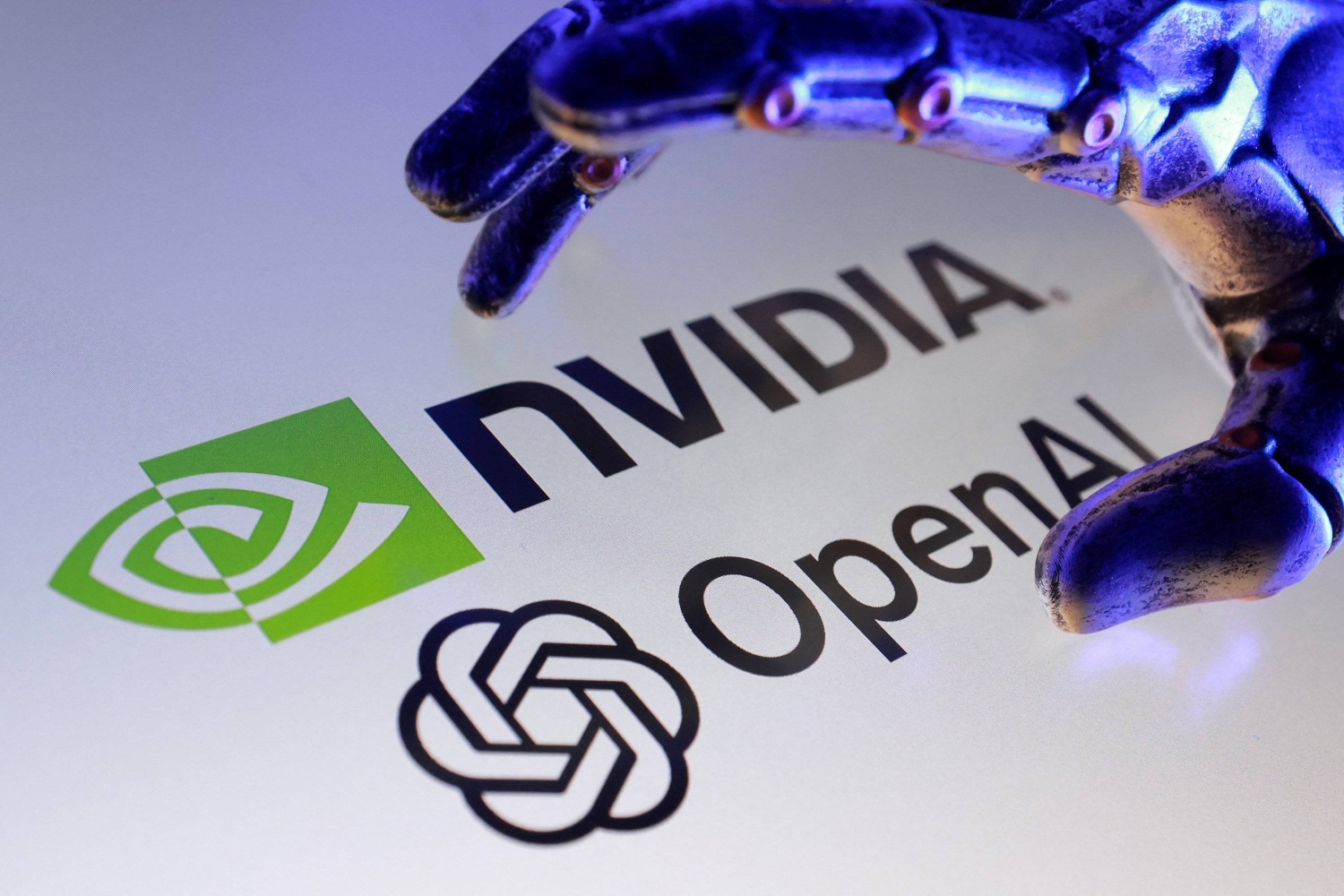Nvidia's $350B OpenAI Deal: A Game-Changer for AI (2025 Insight)
Nvidia's $350B deal with OpenAI reshapes AI and chip markets, highlighting strategic risks and opportunities in the tech landscape.

Nvidia’s $350 Billion OpenAI Deal: A Game-Changer for AI and Chip Markets
Nvidia, the world’s leading graphics and AI chipmaker, has struck a historic $350 billion deal with OpenAI, the artificial intelligence research company behind ChatGPT and DALL-E. Announced in October 2025, this agreement represents a seismic shift in the AI industry, binding OpenAI’s future computing needs to Nvidia’s hardware for years to come. The deal also comes with significant risks for both companies, as Nvidia’s stock edged lower in early trading amid concerns over the scale of the commitment and OpenAI’s ongoing exploration of alternative chip suppliers. This move cements Nvidia’s dominance in AI acceleration—for now—but also highlights the intense competition and strategic maneuvering happening behind the scenes.
Background
Nvidia’s rise to the top of the AI hardware market has been propelled by its GPUs, which have become the de facto standard for training large language models and other advanced AI systems. OpenAI, with its ambitious roadmap and rapidly growing compute demands, has been one of Nvidia’s largest and most visible customers. However, as the cost and complexity of AI scaling have soared, OpenAI has actively explored alternatives, including discussions with Google about using its custom Tensor Processing Units (TPUs) and, more recently, a $500 billion commitment to Broadcom for custom-designed chips. These moves threatened to undermine Nvidia’s position, prompting CEO Jensen Huang to personally intervene to salvage the OpenAI partnership.
The $350 billion deal is not just a supply agreement—it is a strategic alliance with far-reaching implications for both companies and the broader tech landscape. It guarantees OpenAI access to Nvidia’s latest and future chips, while providing Nvidia with a massive, multiyear revenue stream. The arrangement also reportedly includes a loan guarantee from Nvidia to OpenAI, a sign of the deep interdependence now forming between leading AI labs and their hardware suppliers.
Deal Structure and Strategic Implications
- Scale and Duration: The $350 billion figure is unprecedented in the semiconductor industry, dwarfing previous deals and reflecting the explosive growth in AI compute demand. The agreement is expected to span several years, with Nvidia committing to supply OpenAI with its most advanced chips as they become available.
- Loan Guarantee: As part of the deal, Nvidia is reportedly considering guaranteeing loans to OpenAI, a move that would further entwine the two companies’ financial futures. This is a rare step in the tech industry, underscoring both the value Nvidia places on this partnership and the risks involved.
- Competitive Pressures: The deal comes amid heightened competition. OpenAI’s flirtation with Google TPUs and its massive Broadcom order signal that even Nvidia’s most loyal customers are seeking alternatives, either for cost, performance, or supply chain reasons. Nvidia’s scramble to secure the OpenAI deal reflects the fragility of its market position, despite its current dominance.
- Stock Market Reaction: Nvidia’s shares dipped slightly following the announcement, as investors weighed the opportunity against the risks of such a large, long-term commitment. The deal’s sheer size raises questions about Nvidia’s ability to meet demand, its margins, and the potential for customer concentration risk.
Industry and Technological Context
AI’s voracious appetite for compute has turned chip supply into a critical bottleneck. Nvidia’s GPUs are the backbone of most large-scale AI training today, but the industry is actively diversifying. Google’s TPUs, AMD’s Instinct accelerators, and now Broadcom’s custom AI chips are all vying for a piece of the market. OpenAI’s willingness to commit to multiple suppliers—including a $1 trillion previous commitment—shows that even the biggest players are hedging their bets.
For Nvidia, the OpenAI deal is both a validation and a challenge. It secures a flagship customer but also exposes the company to the risk of over-reliance on a single partner. For OpenAI, the deal ensures access to cutting-edge hardware, but at the cost of flexibility and potentially higher prices compared to custom solutions.
Broader Implications
- AI Ecosystem: The deal reinforces the centrality of hardware in the AI race. As models grow larger and more complex, access to the best chips becomes a key differentiator. Companies without such partnerships may find themselves at a competitive disadvantage.
- Supply Chain and Innovation: The massive scale of these deals is likely to strain global semiconductor supply chains, already under pressure from geopolitical tensions and pandemic-related disruptions. It could also accelerate innovation, as chipmakers race to deliver ever more powerful and efficient processors.
- Regulatory Scrutiny: The size and scope of the Nvidia-OpenAI partnership may attract regulatory attention, particularly around issues of market concentration and the potential for anti-competitive practices.
- Investor Sentiment: While the deal is a bullish signal for Nvidia’s long-term growth, the immediate market reaction suggests caution. Investors are wary of the risks associated with such large, concentrated bets, especially in a fast-moving and unpredictable industry.
Looking Ahead
The Nvidia-OpenAI deal is a landmark moment in the AI industry, reflecting both the enormous potential and the significant risks of the current AI boom. For Nvidia, it is a chance to cement its leadership and reap the rewards of the AI revolution. For OpenAI, it is a necessary step to secure the compute resources needed to maintain its edge in research and product development.
However, the deal also highlights the fragility of the current ecosystem. As AI labs grow larger and more influential, their bargaining power with hardware suppliers increases. The industry is likely to see more such mega-deals, as well as continued efforts by both customers and suppliers to diversify and de-risk their strategies.
The next few years will be critical for Nvidia, OpenAI, and the broader AI community. The race for compute is only accelerating, and the companies that can best navigate the complex interplay of technology, finance, and strategy will shape the future of artificial intelligence.



